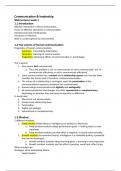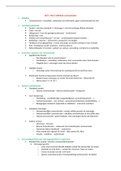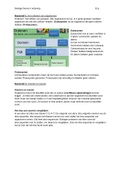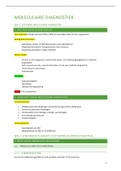College aantekeningen
Communication & leadership knowledge clips 24/25
- Instelling
- Universiteit Utrecht (UU)
Summary of the knowledge clips from the course communication and leadership. This course is given on Utrecht University and is from the social track of the master Social, health and organisational psychology. Also includes some pictures and explanations / definitions.
[Meer zien]













